courtesy : www.danfoss.com
Energy efficiency
Energy efficiency is the quickest and most affordable way to decarbonize our economy and ensure reliable and sustainable energy for everyone on the planet. More than 40% of the CO2 emission reductions needed to meet the Paris Agreement can come from energy efficiency, with another 36% from a switch to renewables (IEA, Energy Efficiency, 2018). The bottom line is that without efficiency, the potential of renewables alone for a sustainable energy transition is insufficient. Therefore, it makes a lot of sense to go for energy efficient solutions to tackle the climate change emergency.
This article will take you through what energy efficiency is and highlight its benefits with concrete cases.
What is energy efficiency?
| . |

Why is energy efficiency important?
The fight against climate change and the subject of energy efficiency are interlinked. In 2015, the Paris Agreement set a binding target of keeping the global average temperature rise in this century as close as possible to 1.5 degrees Celsius. To address this climate emergency and reduce our carbon footprint, we need to significantly reduce greenhouse gas emissions.
Together, renewable energy and energy efficiency can bring more than 80% of the energy-related CO2 emissions reductions needed to meet the targets agreed in Paris. As part of a climate change strategy, energy efficiency alone can contribute more than 40% of total global CO2 emission reductions by 2040 (IEA, Energy Efficiency, 2018).
The United Nations Sustainable Development Goal 7 focuses on ensuring access to affordable, reliable and modern energy. Today, 840 million people do not yet have access to electricity (Tracking SDG 7). It is key that these ‘new’ energy consumers use it as efficiently as possible to prevent an increase in carbon emissions and ensure a transition to a climate neutral society that is just and socially balanced for all.

What are the benefits of energy efficiency?
Efficient energy use saves money and has low policy and technology risk. Many energy efficiency solutions also have a short payback time. On average, every €1 invested in energy efficiency saves €3 over the lifespan of a technology (Energy Efficiency Financial Institution Group, 2015). Improving energy efficiency reduces our carbon footprint and is a major opportunity for driving the world towards an ambitious, cost-effective and socially fair transition to a climate neutral economy that can bring benefits for economic growth, employment, quality of life, public health, improved air quality, industrial productivity, energy security etc.Example of how energy efficiency saves money
Sustainable Cities – energy efficiency in the urban context
According to IEA, more than 50% of the world’s population currently lives in cities, and this number is expected to grow to more than 70% by 2050. At the same time cities are responsible for 80% of global GDP and generate around 70% of global carbon dioxide (CO2) emissions (IEA, Empowering Cities
for a Net Zero Future, 2021). This massive growth in demand for urban energy infrastructure indicate a great opportunity to accelerate progress towards ambitious climate goals. Therefore, to meet this demand for infrastructure and construction while delivering on the Paris Agreement and the SDGs, we must work on our cities.
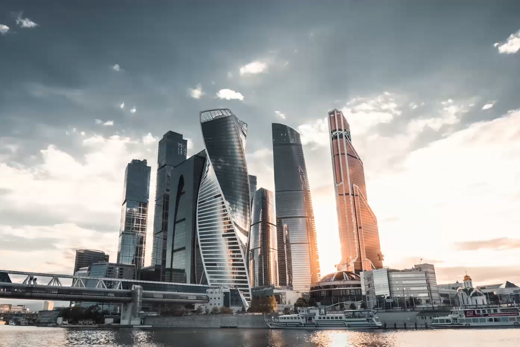
Cities offer unique opportunities to create efficient energy systems and use synergies between sectors. That is why, in order to meet their ambitious climate targets, cities need to transform their energy systems. And at the core of this transformation is the integration of different sectors into one smart and efficient energy system. This accelerates the need for innovation in urban efficiency and for developing sustainable low carbon and carbon neutral buildings.
Solutions are already available
The good news is that the technologies required to accelerate the decarbonization and develop low carbon cities already exist. And by fast-tracking the adoption of these innovative and proven solutions in cities, we can accelerate the low-carbon development and stay on course for climate neutrality by 2050.
So far, cities around the world have shown they are leading the way towards a more sustainable future by making ambitious commitments in line with Paris Agreement targets. City networks such as C40 Cities are doing a great job in sharing best practices amongst the most sustainable cities and taking the lead in ambitious climate action.

Sustainable, green, smart – energy efficiency in buildings
Smart buildings can play a significant role in smart and integrated energy systems. Currently, supermarkets use around 3% of global electricity, but supermarkets can also be a provider of heat or power. Basically, supermarkets can recycle the heat taken out in their cooling processes, which is currently wasted, and use it to heat their own store or to provide hot tap water for free.
Additionally, connected buildings, such as supermarkets, can offer excess capacity in an increasingly renewable-energy-based system, providing flexibility when the sun is not shining, or the wind is not blowing. Smart energy solutions – district energy and thermal energy storage – that combine cooling and heating are highly energy and resource efficient and an affordable solution to help minimize the “heat island effect”.

Supermarkets turned into heat suppliers | Case
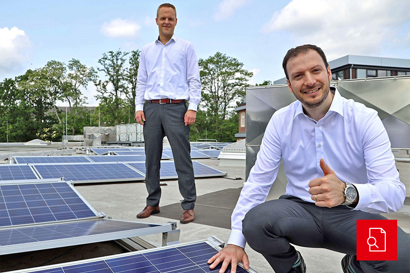
A new shade of green for grocery stores | Case
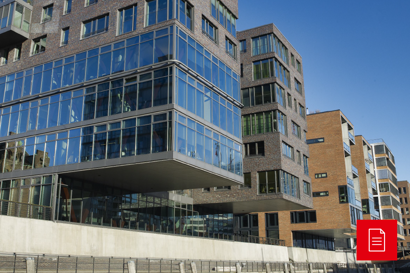
Rethinking efficiency in buildings | Article
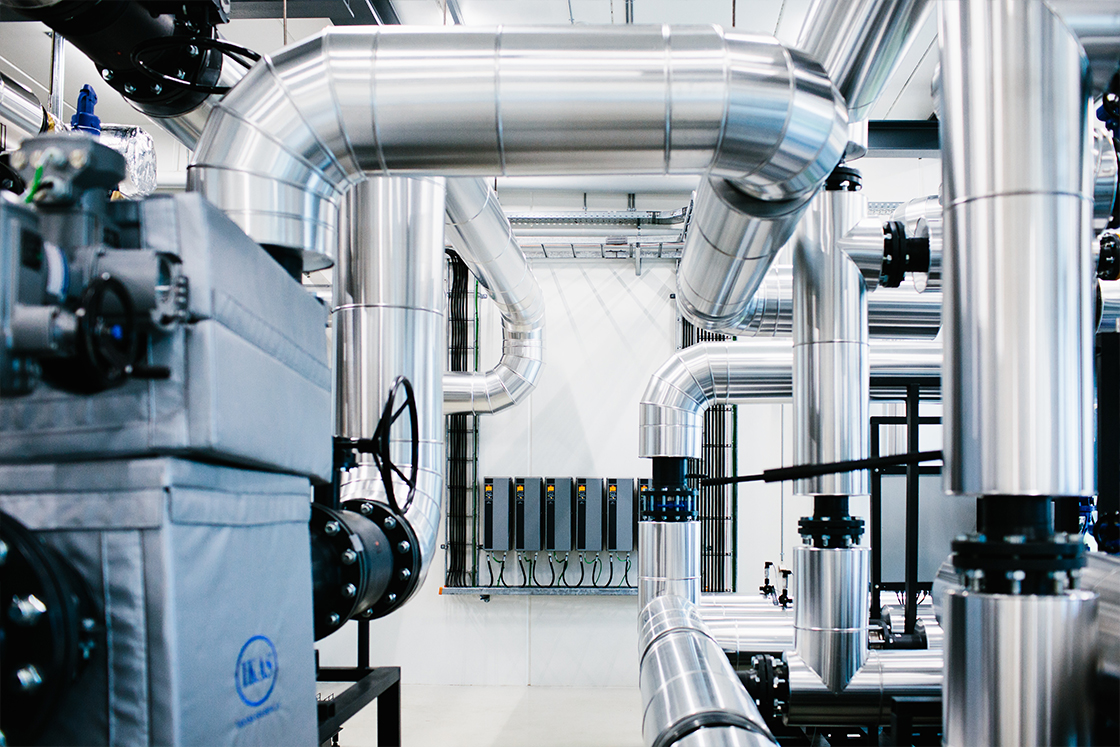
District Energy – energy efficiency in district energy systems
District heating and district cooling improves energy efficiency and lowers costs and carbon emissions. According to the Heat Roadmap Europe, Heating and Cooling 2017 report, 12% of Europe’s heat demand is currently met by district heating. If appropriate investments were incentivized by the EU, this number could reach 50% by 2050, which would prove the advantages of district heating both economically and environmentally. 12% of the EU 2030 energy efficiency target could be met by increasing the district heating share from 12% to 30%.
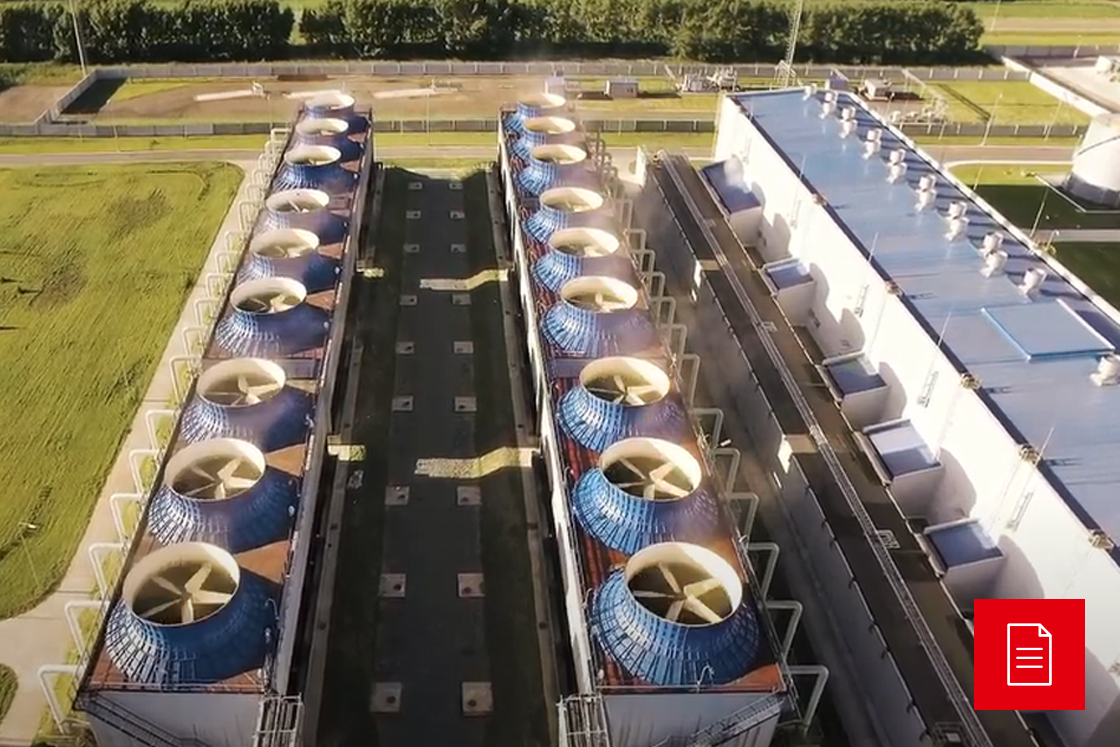
Integrated Energy Systems | Article
Creating smart energy systems that optimize the synergy between how we produce and use energy can help us reach our decarbonization goals. Click below to read cases, opinion pieces and talks on integrated energy systems that might be relevant to you.
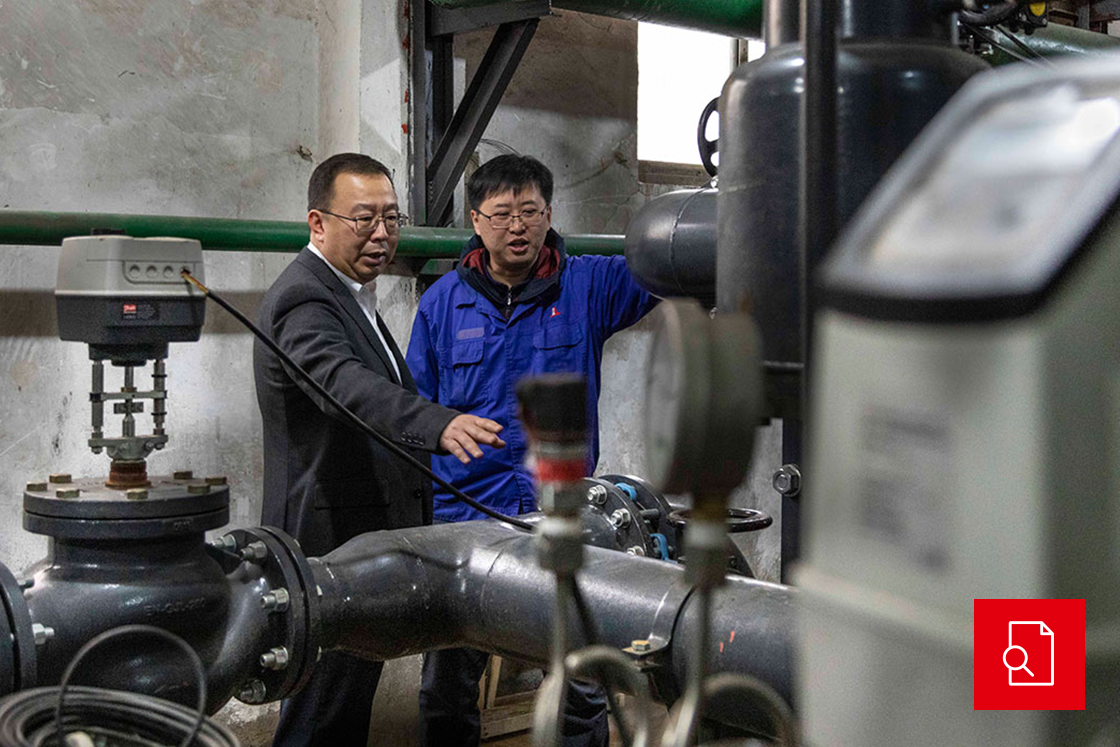
The lost city of Benxi is back on the map | Case story
A few years ago, Benxi vanished in smog. Now, the old steel capital of China can breathe again. Implementing an advanced district heating system in corporation with Danfoss has reduced annual coal use by 26,500 tons and Benxi has become a model city for excess heat utilization.
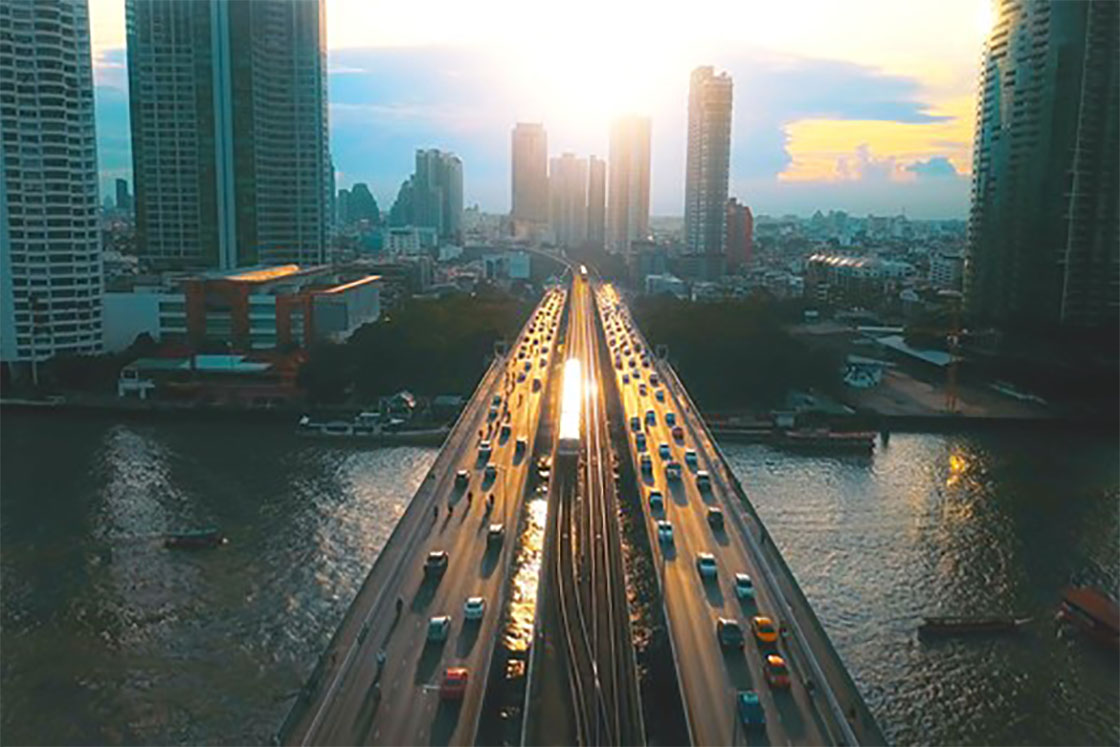
Cities will lead the transport electrification revolution
Today, transport of freight and humans account for a fifth of global energy demands and a quarter of energy-related CO2 emissions. That means transport is a major contributor to air pollution. According to World Health Organization (WHO, Air pollution) over 90% of the world’s population is breathing toxic air.
The Intergovernmental Panel on Climate Change IPCC Special Report on Global Warming of 1.5ºC finds transitions in energy for transport and cities to be important pathways to limiting global warming. So, to limit the temperature increase to 1.5 degrees Celsius and reduce health impacts of air pollution we must focus on transport electrification.
More energy efficient vehicles are important steps, as are electric mobility and vehicle electrification. With electrification come great opportunities to enhance the flexibility, efficiency and environmental performance of almost any application or system, at sea or on land, opening for a comprehensive vision for low carbon cities.
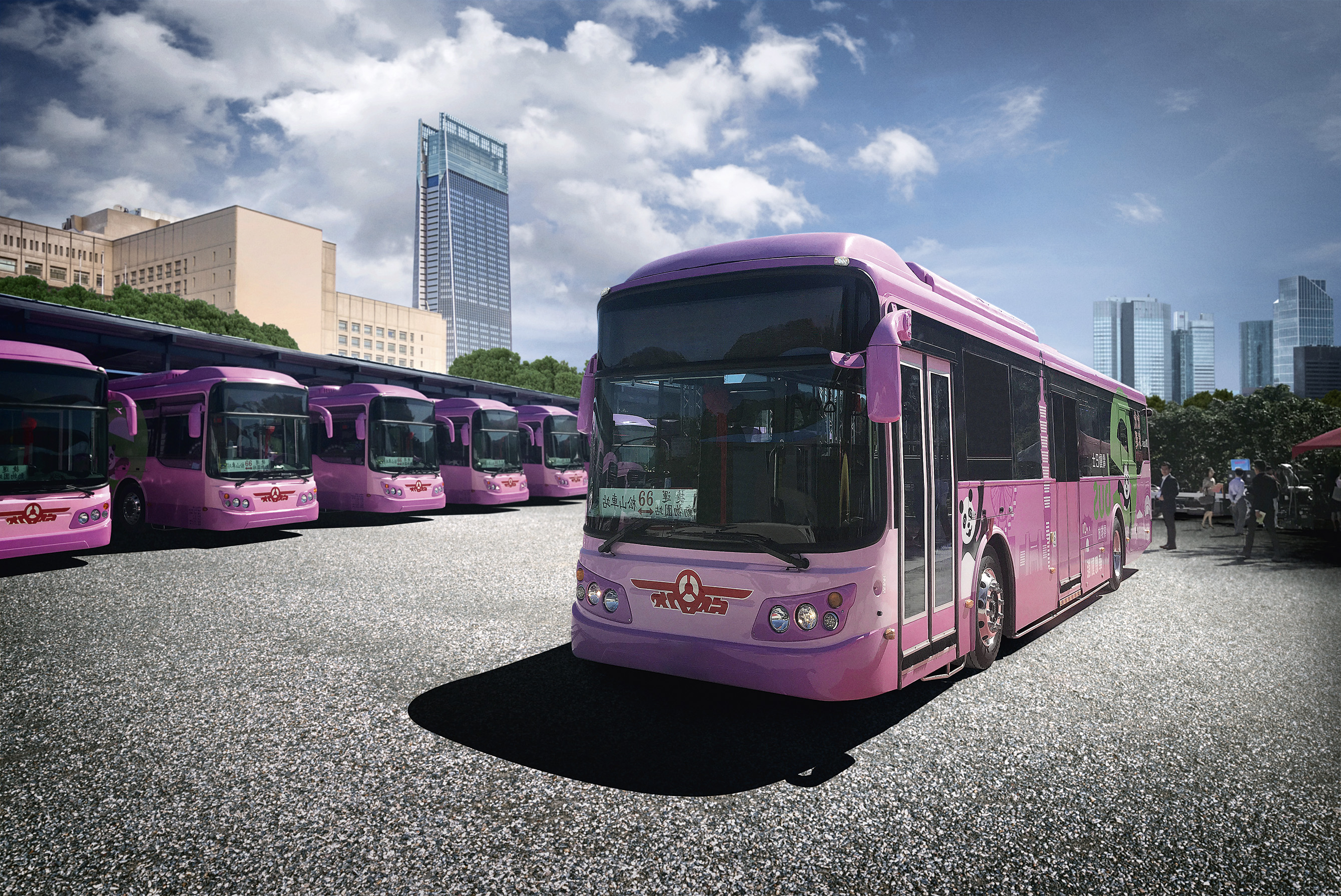
Taipei buses driving the electrical bus revolution | Case

Danfoss and ZF join forces to reinvent transportation | CaseDanfoss and ZF Friedrichshafen AG are driving innovation to accelerate the electrification of the transport sector and cut CO2 emissions.

E-mobility | ArticleAdvances in electromobility mean fully sustainable transport via road, rail, and marine is now a realistic goal. Click below to read cases, opinion pieces and talks on e-mobility that might be relevant to you.
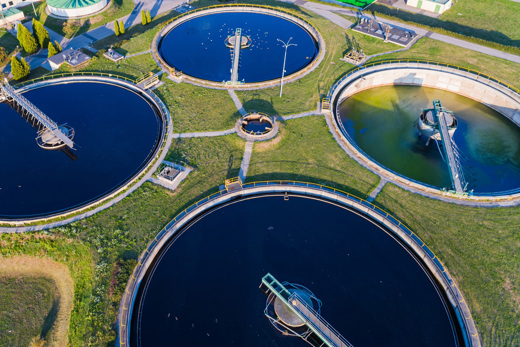
Energy for water – energy efficiency in water systems
Today, there is a 40% gap in the global water supply with 2.1 billion people lacking access to safe drinking water (World Health Organization, Drinking water). The water sector is currently responsible for around 4% of global electricity consumption (IEA, Water Energy Nexus, 2016) but according to the International Energy Agency’s World Energy Outlook 2018, implementing the United Nations Sustainable Development Goal 6 – “Ensure access to water and sanitation for all” – will significantly decrease the electricity consumption. This calls for water use efficiency and water distribution efficiency.
Reducing water scarcity by implementing pressure management
Utilities often rely on poor water pressure management. By introducing intelligent pressure management, pressure can be reduced by 38% and leakages be minimized. This way water loss is reduced by 40% and energy consumption by 20-40%.
Making water supply and wastewater treatment plants energy neutral
Water and wastewater facilities account for 4% of global electricity consumption while running with major load variations. But it is possible to achieve energy neutrality with a payback time of typically 2-5 years.
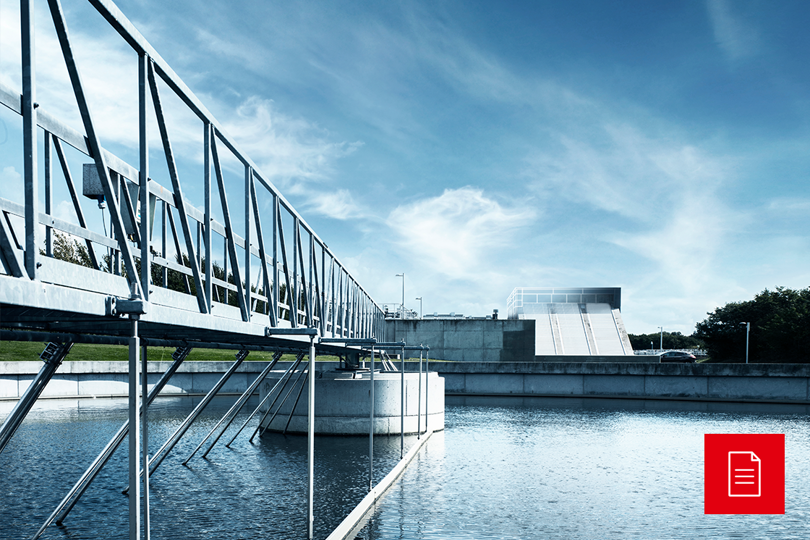
Rethinking the water sector | Article
The mutual dependence of energy and water and increasing global demand for each has an enormous impact on economic growth, environmental sustainability and our future in general.Read more about water
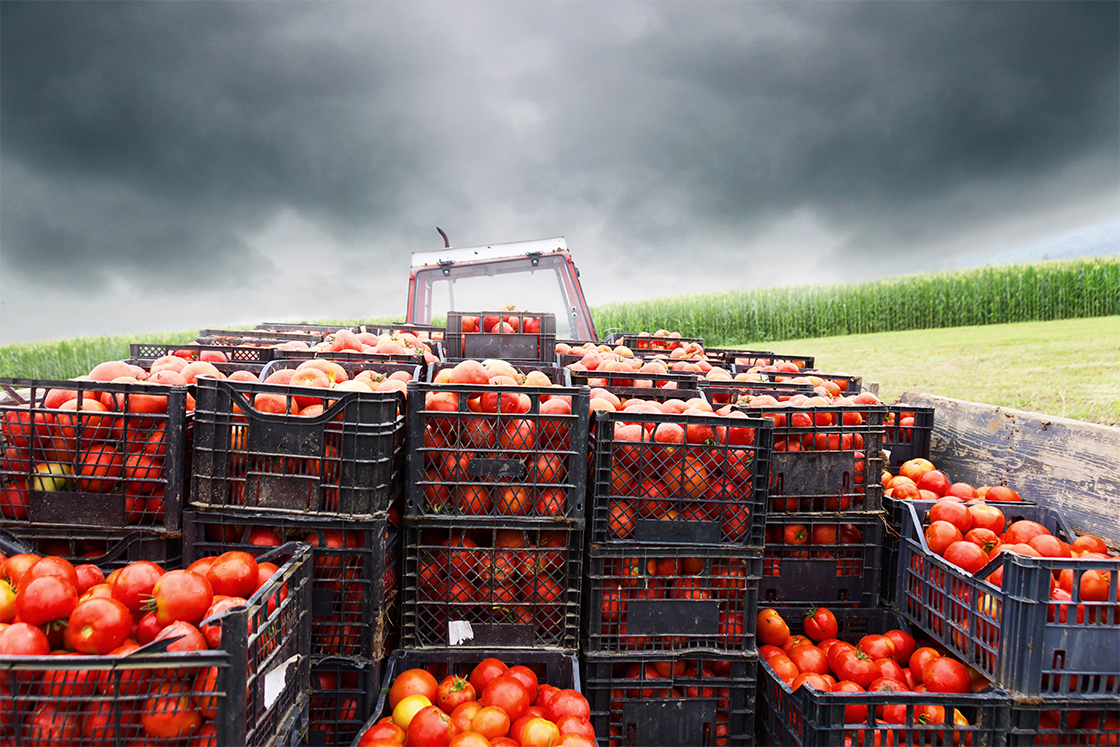
Reducing food loss through sustainable food cold chains
By 2050, the world will need 60% more food to feed the global population (World Economic Forum, Food security and why it matters). Today, greenhouse gas emissions from food loss and food waste contribute to 8 % of global warming (United Nations, Press release, 2020). If food wastage were a country, it would be the third largest emitting country in the world. Bringing more food to the table through efficient food cold chains infrastructures allows us to contribute to limiting the temperature increase to 1.5 degrees Celcius. Improving food transport by establishing cold chains would also help the response to food loss at farms and pack houses and increase farmers´ incomes and food safety.

The agricultural giant has awakened | Case
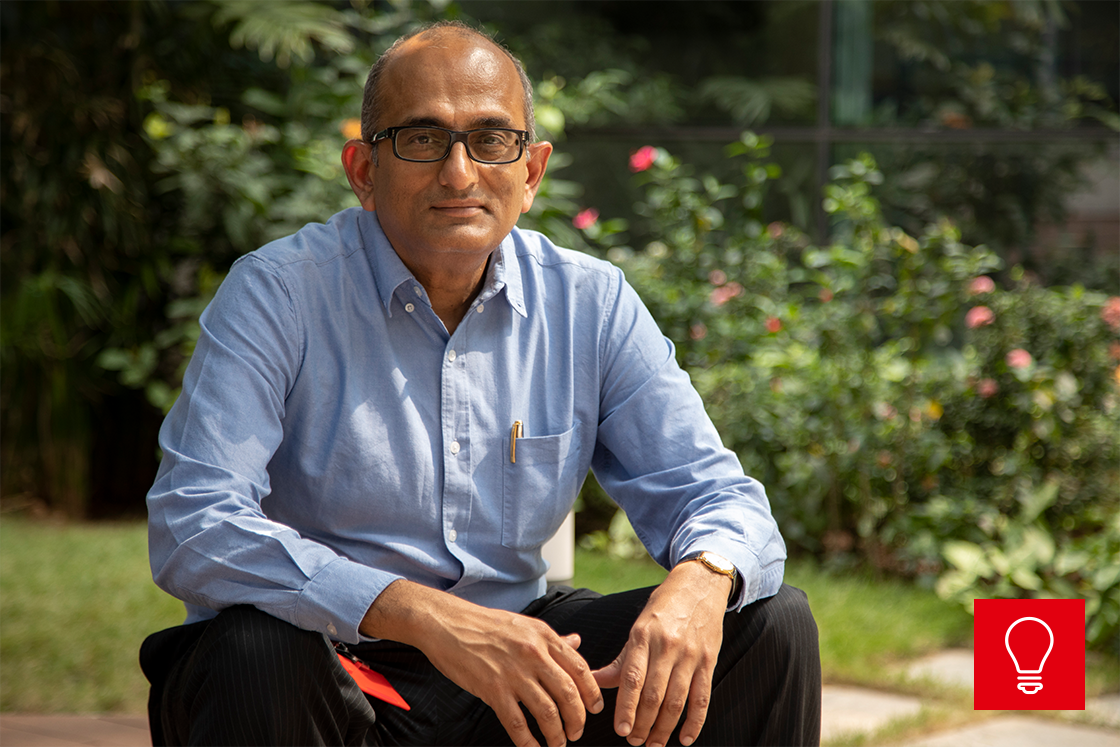
Energy, food and leaky pipes: how to solve India’s water crisis | Case

Food for thought – from farm to fork | Opinion

Energy efficiency in homes
There are a lot of ways to save energy in our homes. In fact, simple improvements can help reduce energy wastage, cut costs, and make our homes healthier, more comfortable and more productive places to be in. Just by fixing the basics, we can on average achieve 30% energy savings in our buildings – and on our bill – with payback times of just 2 years.
Today, there are still over 500 million manual, uncontrolled valves installed in European buildings. By replacing these manual valves with thermostats radiator valves, households could on average save up to 18% on their energy bills and have an energy efficient home. For European citizens this represents savings of €12 billion annually and a CO2 emissions reduction of about 24 million tons.
In addition, there are nearly 250 million radiators with thermostatic radiator valves older than 20 years that could be upgraded to digital valves which would lead to even higher energy and cost savings. Smart home technology that uses artificial intelligence and sensors, can help us predict our energy consumption – and lower the needed supply to meet the demand.
The smart homes of the future are already here. The Leanheat software solution, for instance, uses artificial intelligence to control and monitor the temperature and humidity of every individual apartment in a residential building, saving 10-20 percent energy.Read how Leanheat makes buildings smart
Never miss an insight!
Sign up to our mailing list and we’ll keep you updated with fresh takes on the decarbonization journey. That way you can stay up to date on the latest developments in energy efficiency, as well as gain insights into integrated energy systems and e-mobility.
Danfoss takes climate action
The world´s climate targets fit right into Danfoss’ business context and give us the platform to develop our work and engage in projects with our partners. We take pride in a high sustainability ambition, and that is reflected in our latest Sustainability Strategy. We continuously aim to further strengthen and develop our sustainability work in line with the requirements of the Paris Agreement and other science-based targets. We are targeting CO2 neutrality of all global operations latest by 2030 and have joined the ‘Business Ambition for 1.50C – Our Only Future’ initiative. We also work to play our part in realizing the SDGs by integrating them directly into our business model.
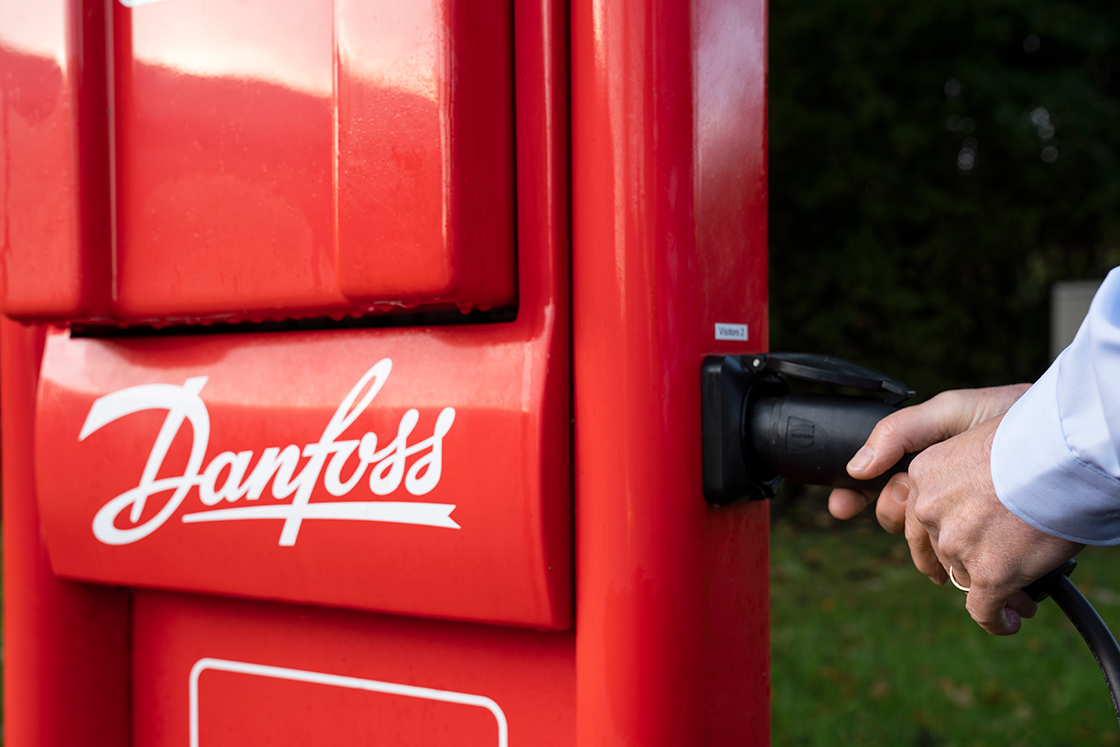
A climate strategy that is good for the planet.. and the pocket
Energy productivity is the key to decarbonizing our economy, and at Danfoss, we take the lead when it comes to engineering talk into action. Through joining the Climate Group´s EP100, Danfoss is committed to doubling its energy productivity before 2030. To achieve this target, measures have until now been implemented in our 27 largest sites – accounting for 85% of Danfoss’ total energy consumption.
By 2019, an energy productivity improvement of 80% since 2007 has been achieved. Within few years, it is expected to reach 100%, which means that half the energy will generate the same output. This not only saves energy, it also saves costs that stem from energy savings in heating, cooling, ventilation and lightning and investments in a global energy savings project.
We are not only taking action within our production sites, but also by electrifying our company car fleet by latest 2030. It is essential to invest heavily in electrification that is then of course powered by renewable energy to achieve a world of no more than 1.50 global warming. Therefore, we also joined the Climate Group’s EV100 and RE100 initiative and have become the first global technology company to join all three initiatives and thereby taking the lead among businesses towards a sustainable future.
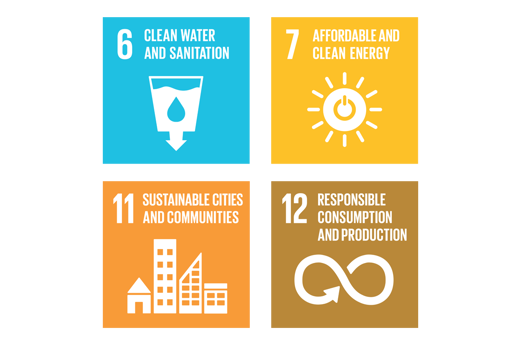
Giving partnerships the speed and scale they need
We strongly believe that the private sector becomes stronger when we join forces with each other and with other actors such as governments and international organizations to deliver ambitious solutions based on technical know-how which not only solves one challenge, but creates value at a local, regional and global scale. So, the more widely available energy efficient, state-of-the-art equipment becomes in the markets we operate in, the better we serve the climate. In other words, delivering solutions to the world’s challenges is also good business.


